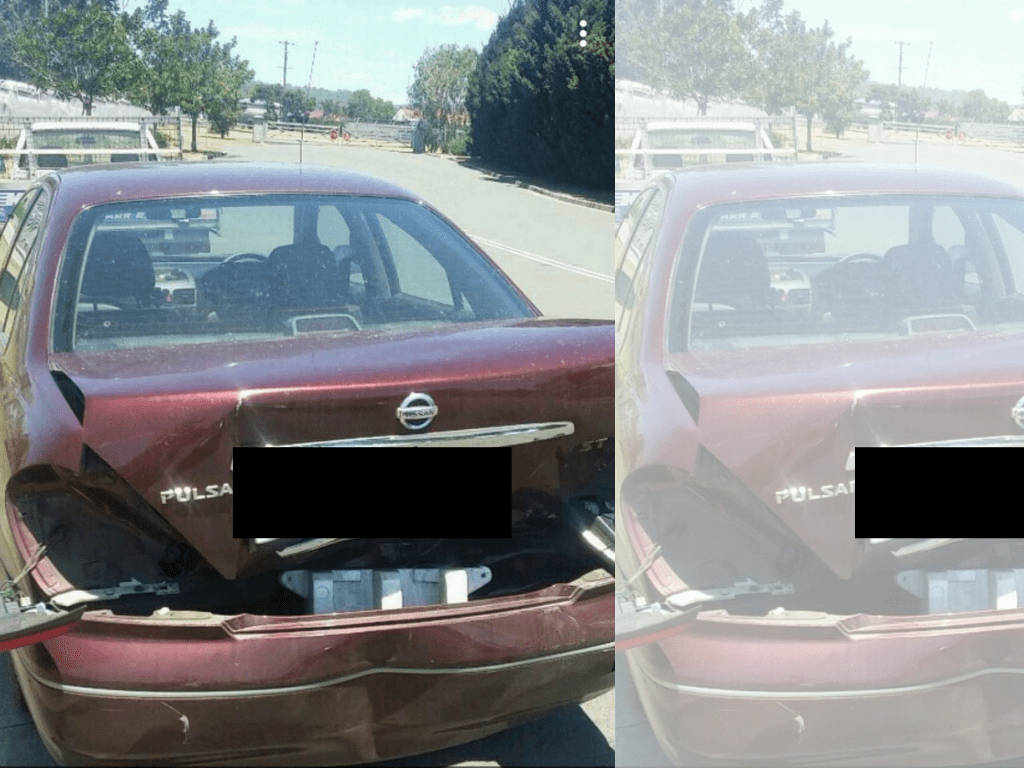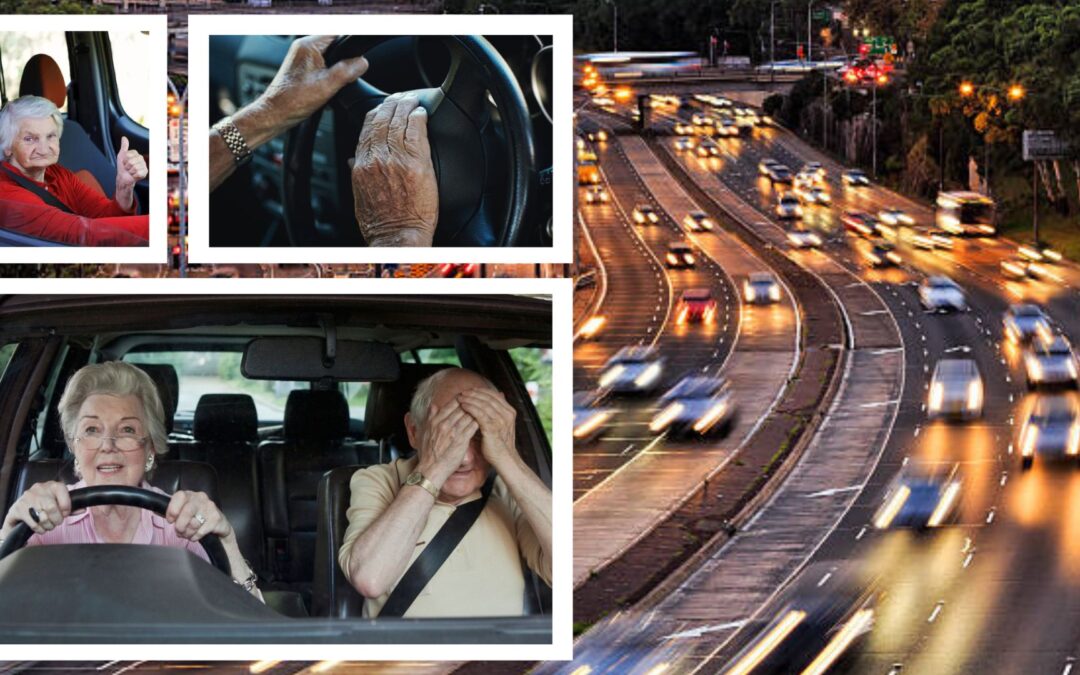A consistently concerning number of elderly people have succumbed to the dangers of driving at a mature age, with 24 people over the age of 70 losing their lives so far this year on NSW roads.
This year is not the first time that people over the age of 70 years were represented as being in the highest fatality rate, last year figures were also high.

Statistics from Transport NSW show that in 2022, between January 1 to April 31, 19 people over the age of 70 years lost their lives on NSW roads. Therefore, this year to date, we have already seen an increase of five fatalities more than last year.
Blue Mountains Mayor, Cr Greenhill OAM, supported National Road Safety Week in May, and said that in 2022 there were 288 people who lost their lives on NSW roads, and that the 2023 trajectory will likely be the same if not higher.
“Whether you’re the driver, passenger or another road user, every decision you make on the road matters,” he said.
According to Medicare Australia s if you don’t feel safe as a passenger when an elderly person is behind the wheel, then it’s time to have a conversation with your family member about how they shouldn’t drive.
From April 2022 to April 2023 there were a total of 70 fatalities of people more than 70 years of age in NSW alone, up by 26.5 per cent from 2020 to 2022 where the average was 55.3 fatalities per year.

Driving is a complex task that requires a person to be alert and respond quickly. While many older people are able to continue driving safely, it is important to recognise when our ability to drive has been compromised.
To be considered medically safe to drive, Austroads provides a minimum standard of medical guidelines that should be met.
“Given the association between health outcomes, mobility and social connectedness, fitness to drive should be proactively managed, with the goal of enabling older people to continue to drive for as long as it is safe to do so,” Austroad’s Assessing Fitness to Drive states.
Minister for Seniors, Mark Coure, in association with the University of Wollongong (UOW), developed an Aid to Help Older Drivers make decisions personalised to their circumstance.
“Some 20 per cent of all driver licences in NSW are held by people aged between 60 to 74,” he said.
“This Aid will greatly assist them in navigating from one stage of life to another, where their driving needs and skills chang.”
Director of Aged Dementia Health Education and Research at UOW’s School of Nursing, Professor Victoria Traynor, spoke to expert advisory groups, older drivers, medical practitioners, friends and family members of older drivers, and road safety officers to help develop the Aid to Help Older Drivers program.
“Retiring from driving suddenly can be a difficult situation for older drivers to accept, the Aid aims to open the conversation and offer solutions ahead of time,’ she said.
Mr Coure added that it was important for elderly people to retain their driver’s licence to secure their independence.
“Especially when it comes to running errands, attending appointments or even meeting friends,” he said.

Motorist Anne Jerrett, 73, is approaching the age where she may need to start considering her capabilities as a safe and responsible road user. She has seen her friends and older family members through the process before.
“A couple of my friends have decided to not drive at night because the lights from other cars blind them, it was their own decision to stop,” she said.
Ms Jerrett’s great uncle had his licence revoked by NSW Roads and Traffic Authority (RTA) at the age of 90.
“He failed the driving test as he was too slow, didn’t always drive to the speed limit. The government gave him a licence to drive in his area before they took it away completely,” she said.
“While yes it is a good idea to test us, giving up our licence takes away our independence. I’m not looking forward to that happening.”
Independence was a key factor of consideration for Australian governments when legislating requirements for elderly drivers.

In NSW drivers over the age of 75 years must take an annual medical assessment to maintain their licence. After the age of 85, they are given the option of a modified licence, or to continue with an unrestricted licence provided they can pass an on-road driving assessment every two years.
Transport NSW Centre for Road Safety found that drivers with a modified licence had an 18 per cent lower rate of crash involvement than drivers over the age of 85 who chose to keep an unrestricted licence.
These regulations protect elderly drivers as they are recognised as a vulnerable group on the road due to the statistics.
The Australian Bureau of Infrastructure, Transport and Regional Economics confirmed the age group’s vulnerability as they account for 47 percent of hospitalised injuries and 36 percent of all deaths. These percentages are well above the national average.
The Bureau also reported that 20 per cent of all fatal crashes involved an elderly driver.
FORS Fatality File Data found that elderly drivers are more at risk of being responsible for causing a crash with odds at 5.7 to 1. To put this figure in perspective, the ratio for drivers between 45 to 49 years is 0.75 to 1, or teenage drivers is 2.2 to 1.

Student, Tye Martin, 23, was rear-ended by an elderly lady who did not see the traffic lights turn red, nor the brake lights of his car in front,
“I remember thinking that she was not stopping, not slowing, and that she definitely had time to stop, but then I heard a terrible screech and felt the impact,” Mr Martin said.
The woman, who was in her 80s at the time of the accident, took full responsibility for the crash and wrote a statement for Mr Martin claiming that she could not see the lights.
While Mr Martin’s car was deemed written-off, he and his passenger only suffered minor injuries.

Last year, the Bureau of Infrastructure, Transport and Regional Economics reported that there were 215 fatal accidents that involved a driver over the age of 65.
In December 2022, a Carlingford school boy was killed after being hit by a 90 year old woman.
While there is no set age that people should stop driving in NSW, it is important that older drivers consider their physical and mental limits to protect themselves, as well as other road users.

